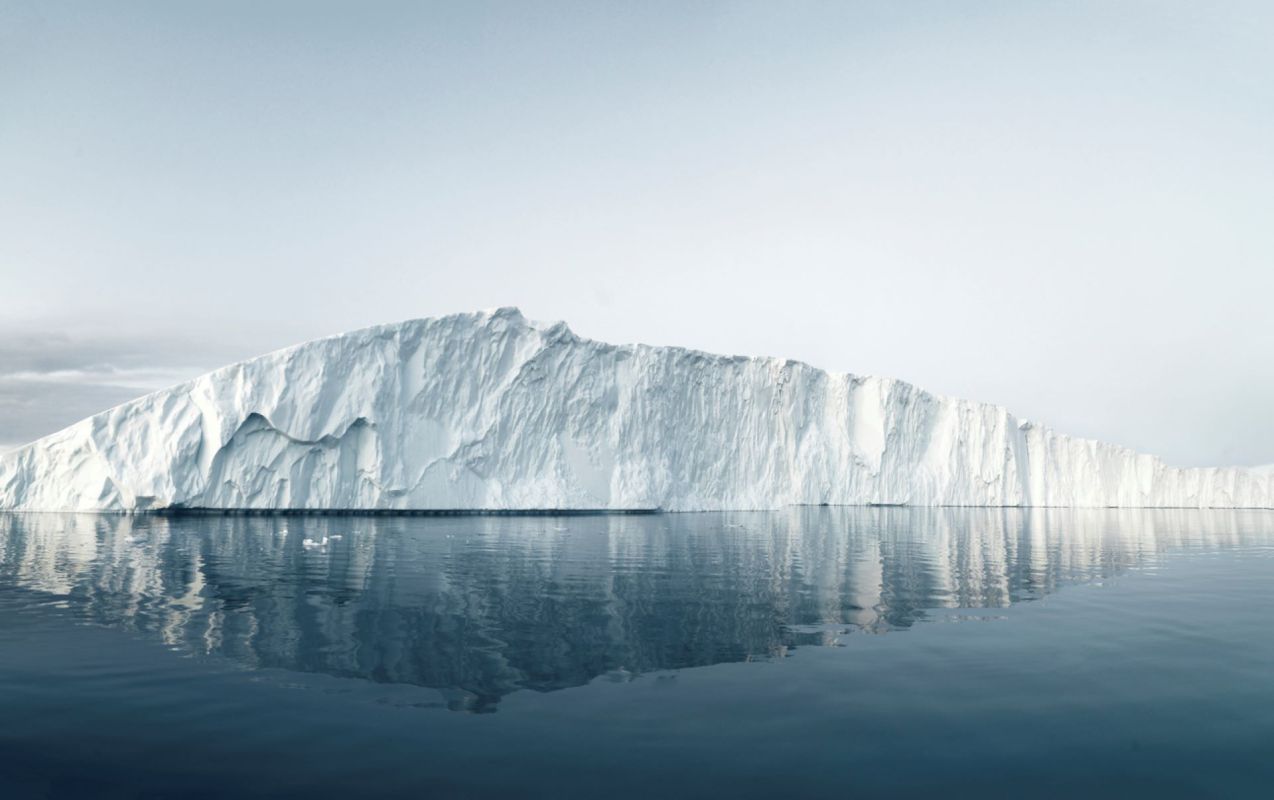According to the National Oceanic and Atmospheric Administration (NOAA), 2023 is expected to be the hottest year globally in 125,000 years.
A new study in Greenland used photographs spanning almost 100 years as visual proof that thousands of glaciers are shrinking as a direct effect of our warming planet, CNN reports.
What's happening?
Over 200,000 photos of Greenland's glaciers were used to study the landscape changes since the 1930s. Many of these photos that were originally procured for military operations were able to be used for the benefit of science almost a century later.
Over the past several decades, the Arctic has warmed four times faster than the rest of the world, PBS NewsHour has reported. The Hill reported that a study published in the journal Nature Communications said the ice shelves in the northern part of Greenland have lost more than 35% of their total volume since 1978.
Laura Larocca, climate scientist and lead researcher on Greenland's glacier study, told CNN, "The change is stunning — it really highlights the fast pace at which the Arctic is warming and changing."
Why is Greenland's changing landscape important?
Greenland has around 22,000 glaciers, per Reuters, and the second-largest ice sheet in the world — the largest being Antarctica.
In 2021, for the first time on record, it rained over the typically snowy summit of Greenland. This marks the third time temperatures have risen above freezing in less than a decade, per CNN.
The country's ice melt is of particular concern because the ancient ice sheet holds enough water to raise sea levels globally by more than 20 feet, per Reuters. If it were to melt away entirely, the consequences would be catastrophic.
Ocean levels rising threatens wildlife habitats, coastal life, weather, flooding, and soil quality. If sea levels continue to rise, the domino effect could be unstoppable.
Larocca is optimistic. She says she hopes the new visual-heavy study will draw attention to the rapidly melting territory and the threat it poses to the world's coastlines, per CNN.
What can be done about melting glaciers?
Glaciers are melting because of higher air temperatures reaching closer to the poles. There are several ways you can do your part to cool the planet by avoiding planet-warming pollution.
Support your local farmers. Build your own garden — even if you live in an apartment. Rely less on dirty energy sources, such as gas, oil, and coal. Walking and biking, when possible, are great options.
Slowly replace household items and products with plastic-free alternatives, like sponges and shampoo. When switching out beauty products, keep in mind that natural ingredients last longer and are healthier for the skin and body. Start replacing one item at a time as needed so it doesn't feel so overwhelming.
Join our free newsletter for cool news and cool tips that make it easy to help yourself while helping the planet.









